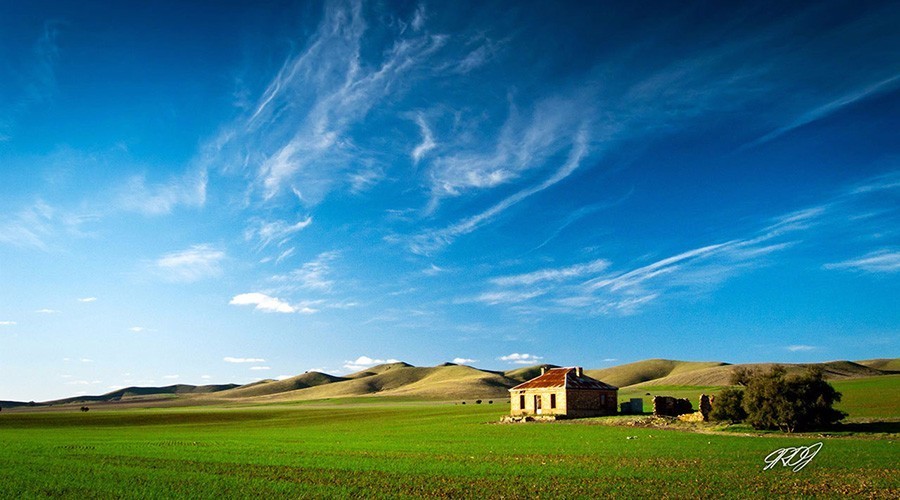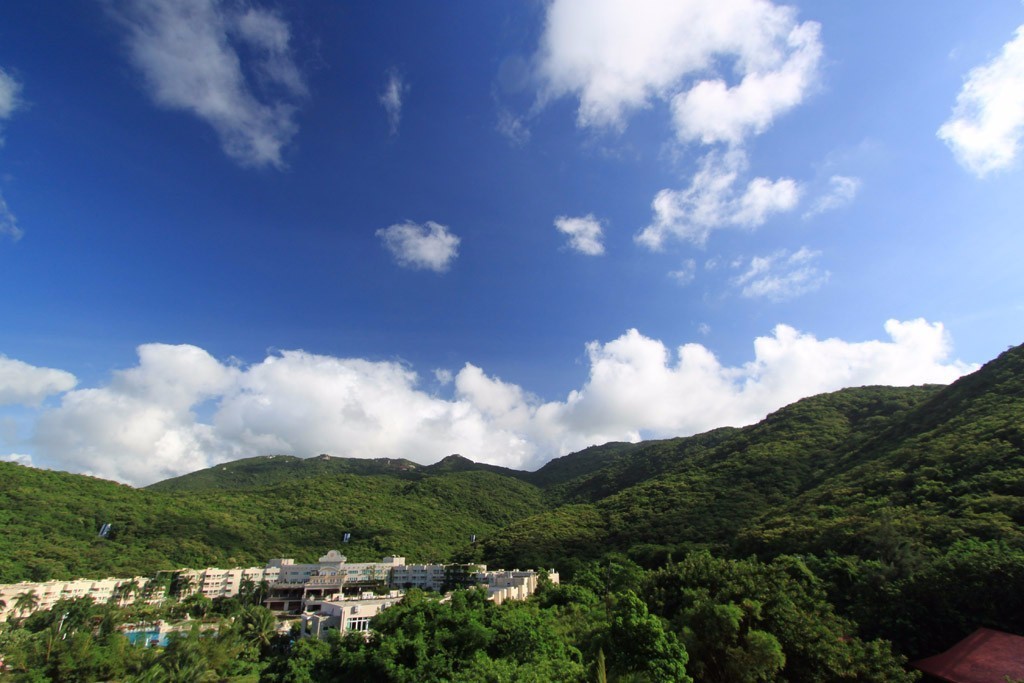What are the basic rules you need to follow when you shoot? What basics do you keep in mind while shooting? How many basic principles are the surefire way to get great photos? That’s the 12 basic photography rules below.
Table of Contents
⒈ “Sunshine 16” Rule
This basic rule is suitable for shooting bright, evenly lit scenes during the day. That is, the aperture is F16, and the shutter speed is the reciprocal of the sensitivity index. For example, the aperture is f16, the sensitivity is ISO100, and the shutter speed can be selected as 1/100 second. On this basis, you can stop down to F22 if you are shooting on the beach. If you encounter cloudy weather, you can zoom in to F11, and so on.
⒉ Moon 11, 8 and 5.6 Laws
This is a different rule, and it only works when photographing the moon. At full moon, the aperture is F11, and the shutter speed is higher than the reciprocal of the ISO index. The shutter speed remains the same when the moon is out, but the aperture is changed to F8. If there is only one crescent moon left, choose F5.6 aperture at the same shutter speed.
⒊ Camera Shake Law
When you shoot with a handheld camera, the shutter speed cannot be slower than the reciprocal of the focal length of the lens. The slower the shutter speed, the more likely you are to lose sharpness when shooting shaky. If you use a 50mm focal length, the shutter should be at least 1/50 of a second. Only when the environment is really dark, use a flash, a tripod. Or place the camera on a hard object to prevent shake.
However, many of today’s digital cameras have anti-shake function. For cameras represented by lens body stabilization technology, the advantages are mainly reflected in the telephoto capability. In the focal length above 135mm mm, the lens body is used for anti-shake, the effect is very obvious. And it can completely replace the 3-speed safety shutter. For example, the shutter speed for handheld shooting can reach 1/30 of a second after turning on anti-shake at the 200mm end.
The anti-shake advantage of the models with the in-body anti-shake function is mainly reflected in the middle focus of 50-100mm. At this focal length, it can replace the 4-speed safety shutter. That means that at a focal length of 100mm, the photos taken with a shutter speed of 1/8 second are not false.
⒋ Gray Card Rule
During shooting, metering with an 18% gray card is the best way to get an evenly exposed, accurate photo. Even if you forget to bring the gray card, it doesn’t matter. You can stretch out your hand, let it face the light source. Measure the light with a light meter or an in-camera meter. And increase the exposure by 1 stop based on the metered value. Different skin tones may cause a slight deviation in metering accuracy.
⒌ Depth of Field Law
When focusing on a distant subject, the depth of field area is usually twice as long in front of the subject as behind the subject. In other words, the subject is usually in the back third of the depth of field. This is the same at all apertures and focal lengths, except that the smaller the aperture, the shorter the focal length. And the greater the depth of field, the greater the length of sharpness you can capture.
6. Fast Flash Output Rule
For ordinary users, the dedicated hot shoe TTL flash is expensive. And many people use the hot shoe flash with a general interface that costs only more than $20. Taking Yinyan flash as an example, the price of BY28A is around US$26. But it is an automatic flash with automatic measuring flash of the lamp body.
When we need to take photos of backlit portraits outdoors, in order to ensure that the details of the sky and the light ratio of darker faces under backlight conditions are uniform, we need to use flash to fill the face with light.
Taking BY28A as an example, we set the sensitivity of the flash to twice the ISO of the camera (eg camera ISO100, flash ISO400). The camera uses aperture priority exposure. The aperture selected by the camera should be the same as the aperture set on the flash. And the exposure should be made according to the brightness of the sky. The brightness of the face in the shadow area of the flash lighting is usually one stop lower than the brightness of the sky. And the overall light ratio of the photo is very suitable.
7. Capture Dynamic Laws
This rule is based on empirical formulas for angle and velocity. If the object is moving along the axis of the lens, you can capture it with a shutter speed of 1/125. Then its movement following the axis of the lens can be captured in 1/500 of a second. That is, if the object is moving 45 degrees along the axis of the lens, only a shutter speed of 1/250 is required.
⒏ Fast Flash Exposure Rule
When using an automatic flash that does not automatically reduce the flash output to achieve fill-in flash, you can increase the sensitivity setting on the flash to twice the sensitivity of the focal length you are using.
The most classic interpretation is: “exposure according to the highlights, and then develop according to the shadows”. This is just as accurate for conventional reversal film as for digital cameras. But with negative film—especially color negative film—it’s best to overexpose by a stop.
⒐ The Working Range of the Flash is the Fule
This rule is needed to understand the maximum working range of your flash. The rule is: “Double the distance, 4x the ISO speed”. For example, if the sensitivity is ISO100, the maximum effective distance of the flash is 6 meters. Then when changing the ISO400 film or increasing the sensitivity of the digital camera to ISO400, the maximum effective distance of the flash is 12 meters.
⒑ Megapixel Multiplier
Rule
In order to double the resolution of a digital camera, you have to multiply the effective pixel count of the digital camera by 4 to do this (not 2x!). Why is this? If the resolution is to be doubled, the effective pixels of the image sensor must be doubled in both the horizontal and vertical directions. So the number of pixels on the image sensor is naturally 2 times × 2 times = 4 times.
⒒ The Law of Solidification of Moving Bodies
To record objects moving perpendicular to the optical axis of the lens, you need to increase the shutter speed by 2 stops from the shutter speed required when the object is moving towards or away from the camera. When the object moves toward or away from the camera at a 45-degree angle to the optical axis of the lens, the required shutter speed is one step higher than the shutter speed required for the object to move toward or away from the camera. For example, if a person is running towards you at a medium speed, it takes 1/125th of a second to freeze the movement. A shutter speed of 1/500 of a second is required when he runs sideways through the viewfinder at the same speed. If he is running diagonally, it only takes a shutter speed of 1/250 of a second.
⒓ The Law of Sunset
For an accurate exposure when shooting at sunset, the metering area should be above the sun, but not the sun itself. If you want the whole scene to look like half an hour after sunset, stop down by 1 stop or reduce the exposure by 1 stop.`
